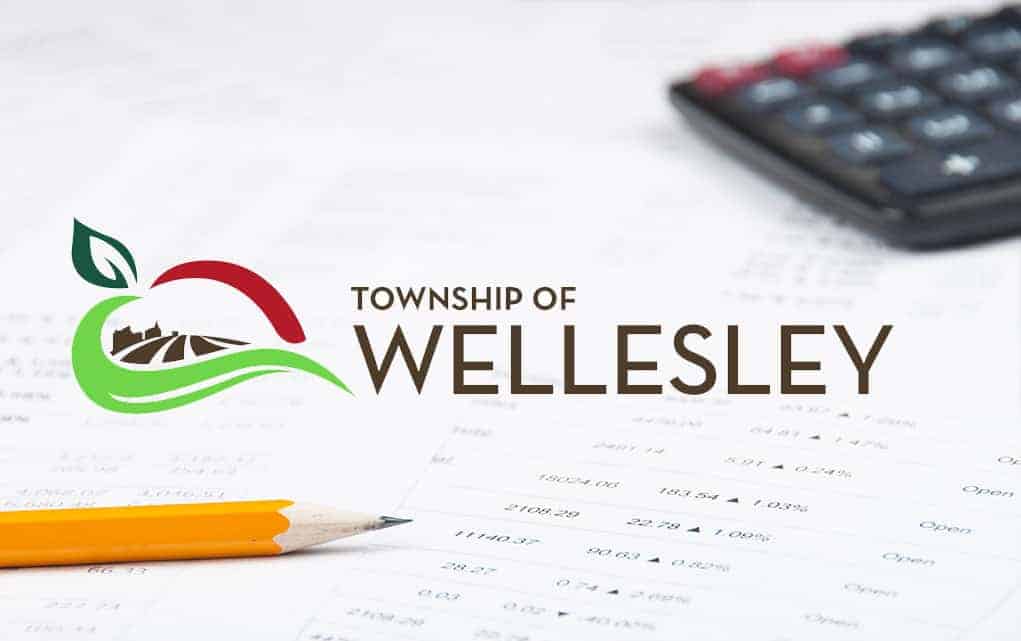Easing up on the gas pedal might be a good New Year’s resolution for 2020, as the region contemplates bringing back photo radar.
Running with provincial regulations that allow the use of the technology – referred to as automated speed enforcement (ASE) rather than the photo radar term that became unsavoury to the public last time it was rolled out – in school and community safety zones, regional staff are currently drafting a report for councillors to consider early this year.
The move is seen as a way to boost safety by reducing speeding, says Bob Henderson, the region’s manager of transportation engineering.
School zones are likely the first target, with costs being a factor in curtailing a larger rollout of the technology.
“They’d be there … to better protect our most vulnerable residents,” said Henderson.
Cameras that automatically track cars speeding through school zones would reduce the possibility of collisions, making the areas safer for pedestrians and cyclists, he added, noting that while there hasn’t been a rash of collisions to date, the ASE program is about preventing future incidents.
The region does receive a number of complaints about speeding.
“Speed has been a concern in all municipalities in the region for quite some time,” said Henderson. “I’m not aware of one road that doesn’t generate speeding complaints.”
That’s true in Woolwich, as well, where speeding issues are perhaps the main reason council members hear from the public, said Mayor Sandy Shantz.
“It’s probably the most common complaint,” she said, noting there are many issues with the way some people drive.
In that light, the photo radar scheme might be warranted, she said.
“From that point of view, I think it’s a good idea.”
Using the cameras around schools helps to reduce the chance of collisions there.
“That’s something we worry about. We start in the school zones as a way to protect our most vulnerable children,” said Shantz. “The intent should be to reduce speeding and keep the kids safe.”
Both Henderson and Shantz note many of the complaints about speeding are due to people’s perception rather than the reality of the situation. Traffic monitoring routinely shows actual speeds are much lower than those reported by the public.
“Perception of speeding and actual speeding aren’t always the same,” said Shantz.
Henderson said the use of cameras will be backed by actual traffic studies.
Currently, the region is looking at using photo radar in school zones only, though Bill 65, the Safer School Zone act, allows for its use in community safety zones as well. The restricted use is largely due to cost and ease of administration. Still, there will be considerable expense, though there have been no figures attached to preliminary reports thus far.
“To process the tickets generated each year by an ASE system, the region would require a significant number of new staff in provincial offences administration and prosecutions,” reads a report to the planning and works committee. “There are potential mechanisms to lessen the impact on resources that are being explored, including limiting the number of cameras in use, moderating the speed threshold used to determine when a violation occurs and/or limiting enforcement to specific time periods (e.g. school hours, school walk times, etc.).”
A slow-phased rollout is expected if the plan gets the green light, said Henderson.
Preliminary reports look at the feasibility based on the technical aspects rather than discussing the ethical issues of surveillance technology, though Henderson notes the region already employs red light cameras.
Privacy issues and similar concerns are for the politicians to decide, he said.
“For me, the whole program is all about road safety, nothing else. If people weren’t speeding or running red lights, we wouldn’t need the cameras.”
Shantz said there has been no discussion at that level to date, but such concerns are worth noting.
In a larger context, society has already allowed a considerable amount of technological invasions of privacy, she added – “That horse has left the barn.”
The technology is worthwhile if it protects children in school zones, Shantz suggested.
“I don’t think it’s the wrong answer.”
Another report is expected to come before councillors early in the year, Henderson said.









